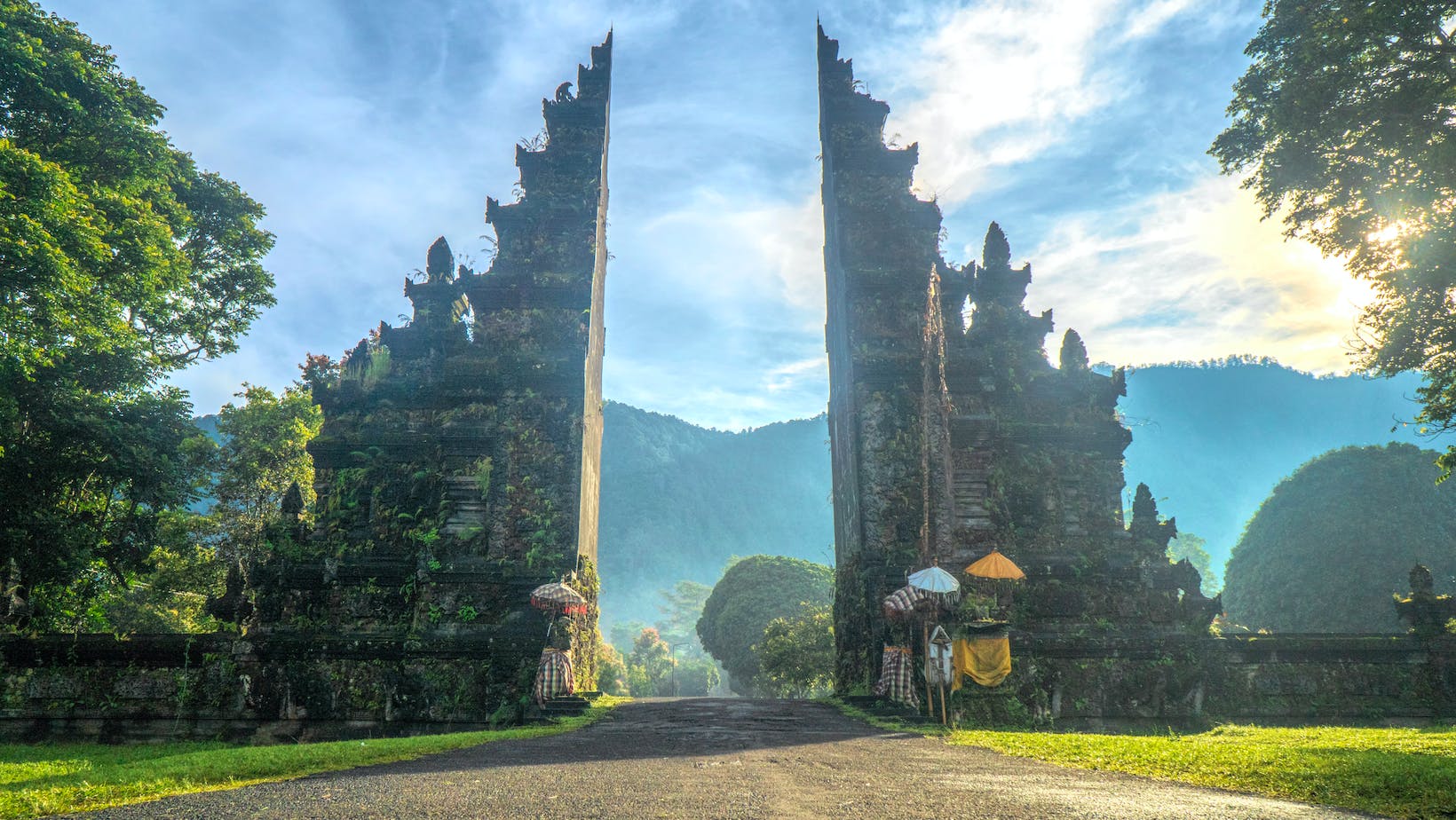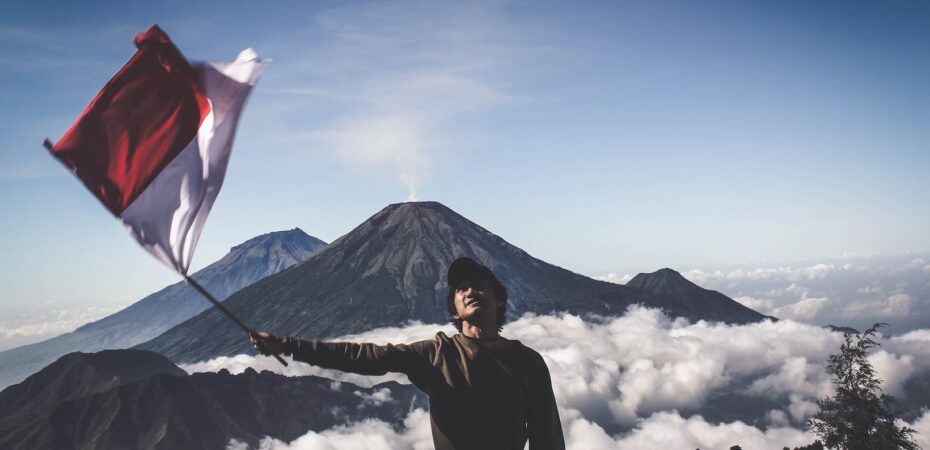Tropical beaches, beautiful mountains, spectacular reefs and exotic cultures are what Indonesia is usually offering to the world. However, at the moment, Indonesia is courting tourists interested in viewing its harsher face. Those with a strong interest in natural disasters such as earthquakes, tsunamis and volcanic eruptions will find their cup of tea here.
Withered vegetation, buried villages, rivers flowing with volcanic ash and stone can be found near the central Javanese city of Yogyakarta, along with refugee camps that are all the tragic consequences of Mount Merapi’s recent eruptions which resulted in over 350 casualties and made nearly 400,000 refugees.
Local travel agencies are pushing the silver lining of this natural disaster, marketing it as the latest feature of visits to Yogyakarta, seat of an ancient kingdom.
In the new volcano tour package, we’ll take customers to explore the closest village to the peak and see how bad the devastation is,” said Edwin Ismedi Hinma of the local tour agencies association.
“Then we’ll take them to a river to watch cold lahar flood past,” he added, referring to volcanic debris flows.
As tourism is making up 3 percent of Indonesia’s gross domestic product, Â it means big money, but the disasters prevent stronger growth. International flights to Jakarta have been canceled as the latest eruption closed the local airport for two weeks due to volcanic ashfall, causing tourist numbers in Yogyakarta to fall as much as 70 percent, Hinma said.
This form of “Grief tourism” is far from uncommon, as similar trends were seen in Haiti and in New Orleans after and earthquake and Hurricane Katrina. It has been frowned upon and deemed unethical, but the truth is dark tourism is quite popular and we still visit battlegrounds, houses of people who committed suicide, murder sites, haunted houses and cemeteries. Is it morally challenging just because we are encouraged to do it so soon after a tragedy, when our dollar spending and our weird touristic preferences could actually help rebuild the affected area?

Scores of people have come out to devastated villages, clogging traffic to and from the mountain just out of simple curiosity relating to the eruption’s impact
On Sunday, thousands of people come, they cause major traffic jams. I mean, if something happens, who can guarantee their safety?” said Bejo Wiryanto, head of Harjobinangun village about 5 km (3 miles) from Merapi’s peak.
“I wish they could restrain their curiosity and wait until it’s safe. Plus, there are homeless people who are still traumatized by the eruptions who are probably still figuring out how to continue life.”


 By
By 










